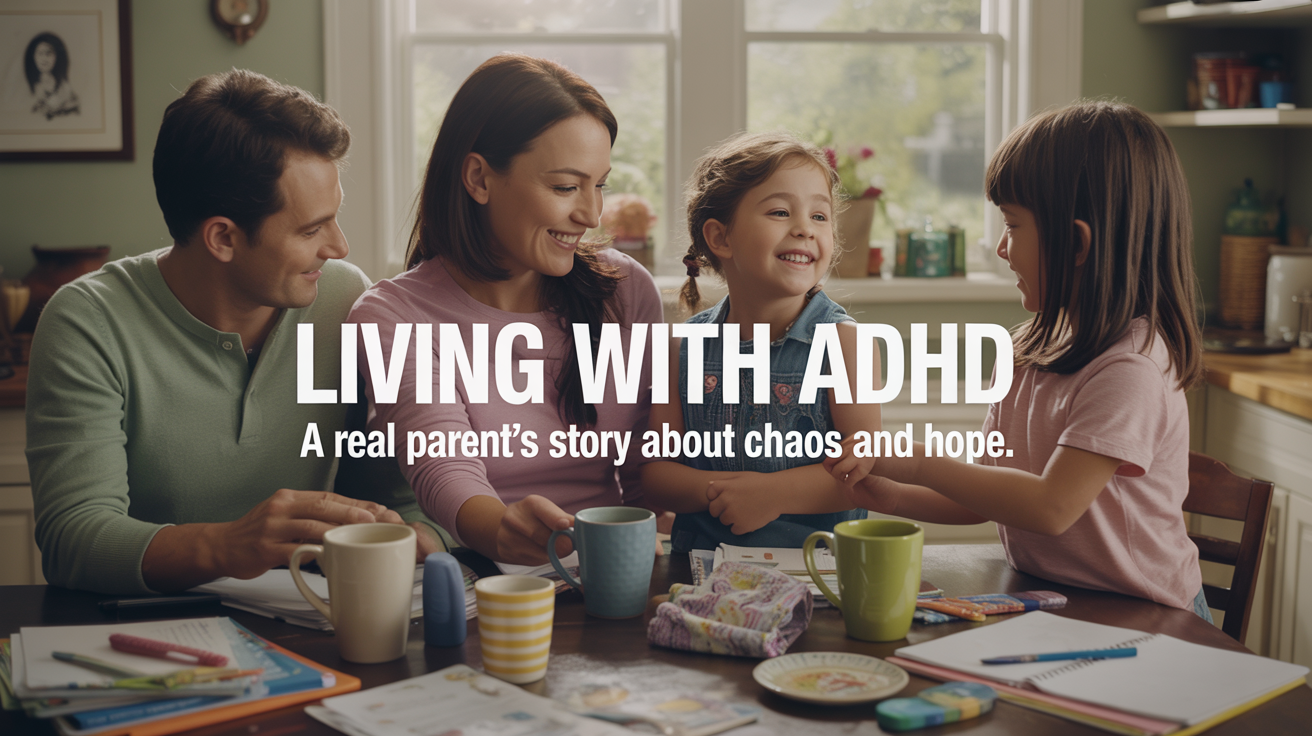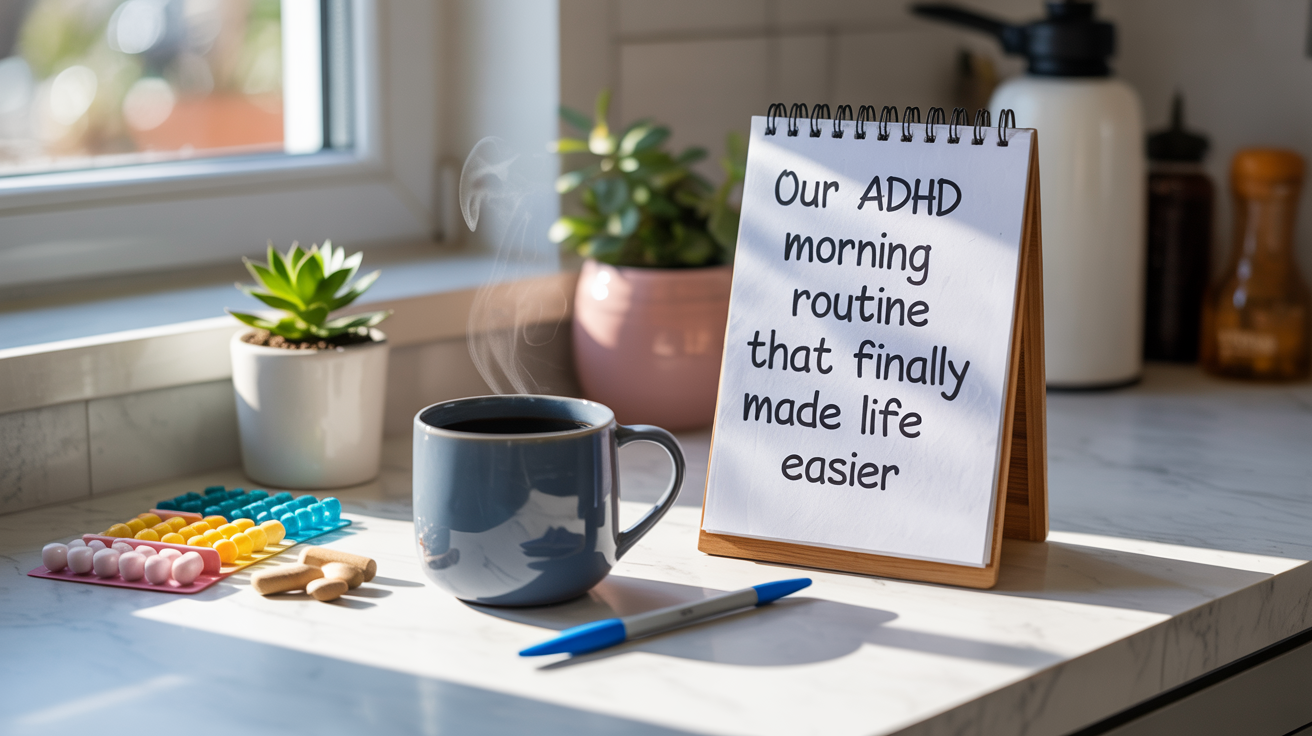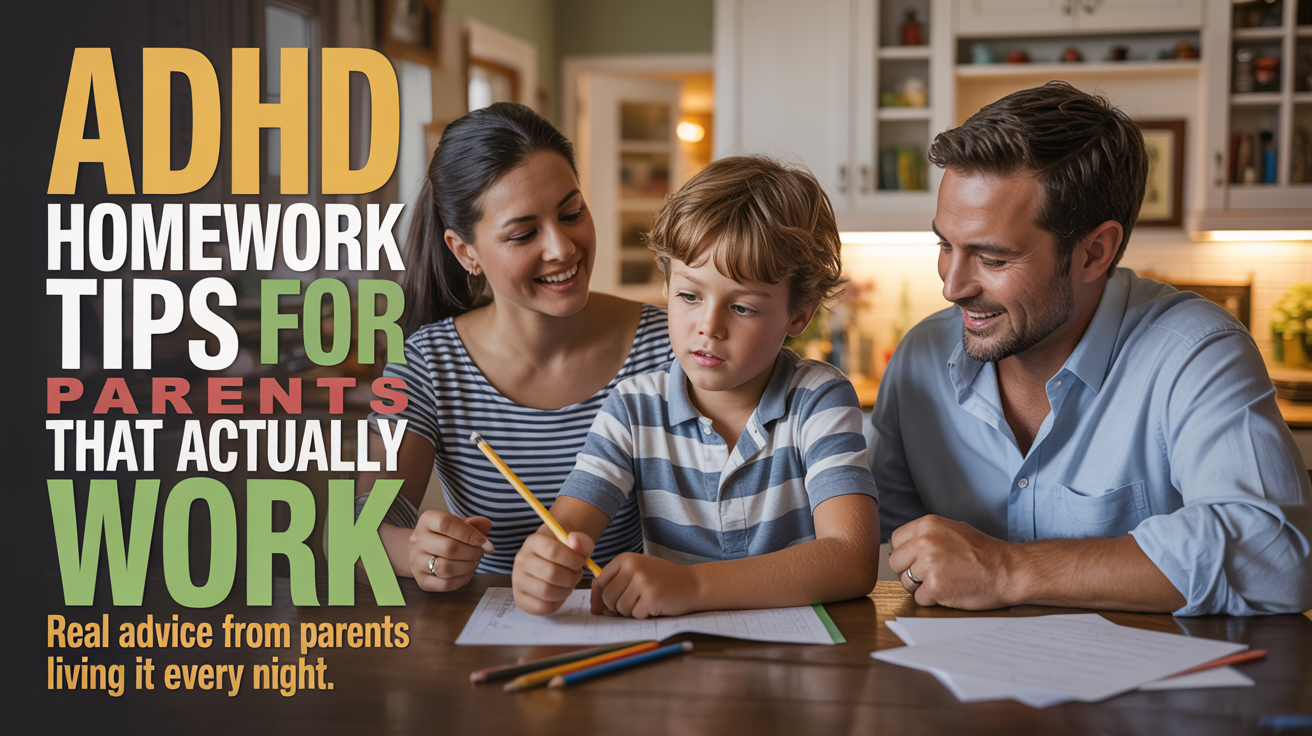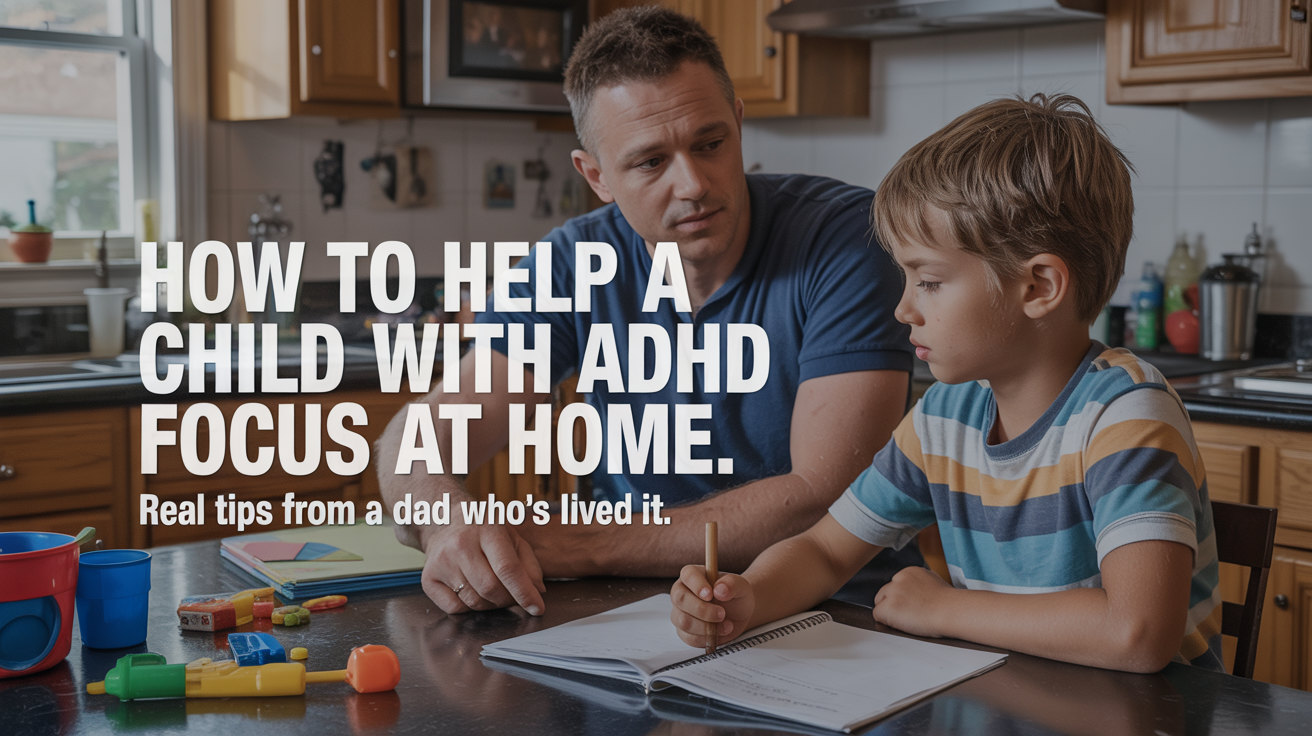
The Struggle of Helping an ADHD Child Focus at Home
If you’ve ever tried to help a child with ADHD focus at home, you know it’s like trying to nail Jell-O to the wall. One minute they’re doing homework, and the next they’re halfway across the room explaining why dinosaurs would make terrible pets.
For us, that’s just another Tuesday. Our almost 7-year-old has ADHD, and keeping him focused takes a mix of strategy, humor, and caffeine. My wife and I joke that we don’t measure progress in hours — we measure it in minutes of focus before the next distraction.
ADHD isn’t about being lazy or defiant. It’s about having a brain that’s constantly on. My son’s mind jumps like popcorn — one thought triggers another, and before you know it, we’ve gone from math problems to Minecraft strategy and back again.
If that sounds familiar, trust me, you’re not alone. ADHD parenting requires patience, grace, and an ability to adapt on the fly. You can read more about what living with ADHD really looks like in our home if you want a peek at our everyday chaos — because focus is just one of many moving parts.

Understanding Why ADHD Kids Struggle to Focus
Before you can help your child focus, it helps to understand why their brain works this way. ADHD isn’t just about short attention spans — it’s about the brain’s reward and regulation systems working differently.
Children with ADHD often need something to feel interesting or stimulating in order to engage with it. Routine, repetitive, or slow tasks (like reading or homework) can feel almost physically uncomfortable. It’s not that they won’tfocus — their brain just doesn’t give them the same “reward” signal for doing it.
Here’s What’s Really Going On
- Motivation works differently. Their brain chases excitement, not pressure.
- Transitions are brutal. Going from playtime to homework feels like hitting a brick wall.
- Attention has no “off switch.” They’re not unfocused — they’re focused on everything at once.
- Feedback matters. They thrive on encouragement more than correction.
Once I stopped trying to make my son focus like other kids, things got better. Instead of demanding he sit still for 30 minutes, I started working with his brain instead of against it — short bursts of focus, lots of breaks, and tasks that felt fun.
The biggest game changer? Realizing that ADHD isn’t disobedience — it’s difference. And that difference deserves understanding, not frustration.
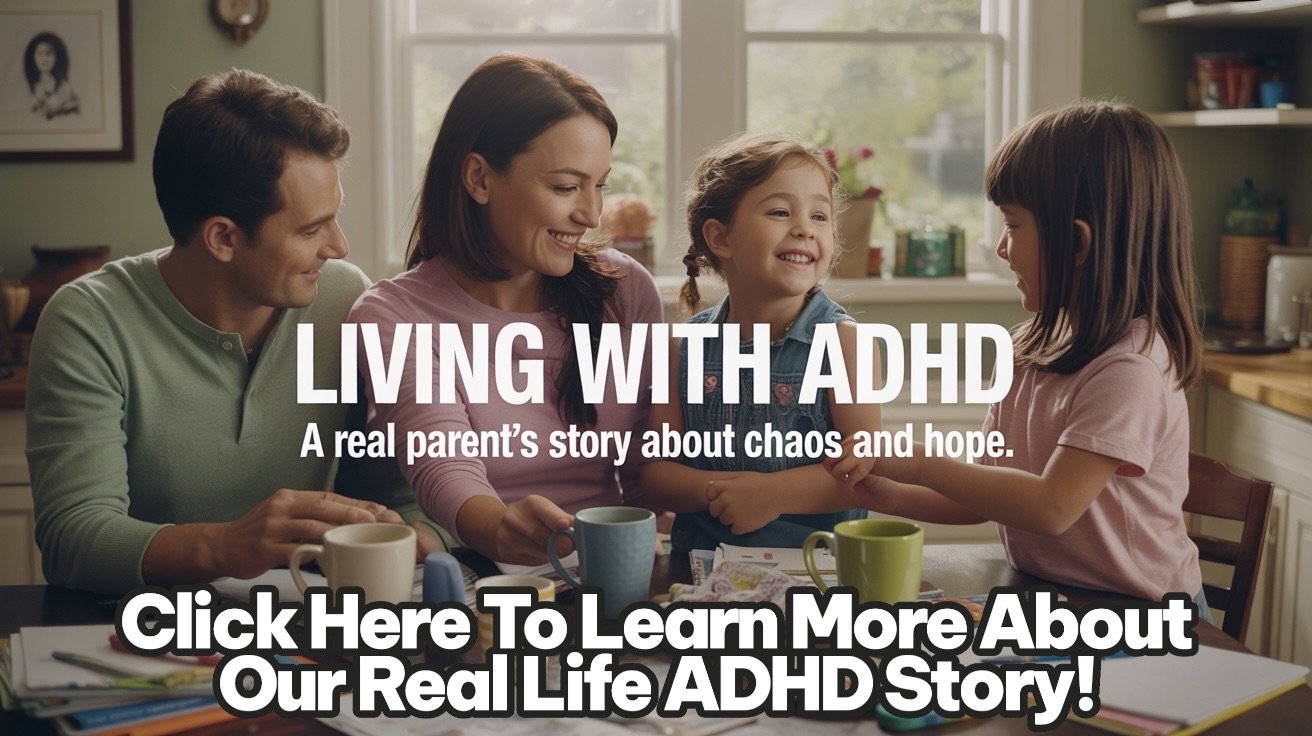
The Environment Matters More Than You Think
The home environment can make or break your child’s ability to focus. For a long time, we thought our son just needed to “try harder.” Then we realized his surroundings were working against him.
Bright lights, loud TVs, open rooms, cluttered tables — all of it overloaded his already-busy mind. Once we made small changes, we saw big results.
Our ADHD Focus Zone Setup
- Dedicated workspace: A small desk near a window with minimal distractions.
- Calming colors: Blue tones on the wall, soft lighting instead of harsh overhead bulbs.
- Background sounds: Gentle music or white noise helps block random noises.
- Visual reminders: A simple checklist taped above the desk keeps him grounded.
It’s not about building a “perfect” space — it’s about making it predictable. ADHD brains thrive on consistency. The fewer surprises, the easier it is for focus to last longer than a few minutes.
And honestly, these small environmental tweaks helped me too. Our home feels calmer, more structured, and less like a tornado blew through at 7 a.m.
You can find more ADHD parenting stories and real-life strategies like this right here on The ADHD Blog — everything we share comes straight from experience, not a textbook.
Setting Realistic Expectations for ADHD Focus
If you’re expecting your child with ADHD to sit still and focus for long stretches, you’re setting yourself up for frustration.
A good focus session for us is 10–15 minutes — and that’s a win worth celebrating.
ADHD kids burn mental energy fast. Long study sessions feel like running a marathon uphill. Instead of expecting endless focus, we started measuring effort instead of duration.
Here’s What Works for Us
- Short sessions: We do tasks in 10-minute chunks, with small breaks between.
- Movement breaks: Jumping, stretching, or a quick walk resets his brain.
- Reward system: Simple high-fives, praise, or sticker charts work wonders.
- Pick your battles: Sometimes the goal isn’t perfection — it’s progress.
I used to think “focus” meant doing everything in one sitting. Now I know that focus can look like doing one math problem, taking a breather, and coming back five minutes later ready to try again.
ADHD parenting is full of tiny victories — and learning to celebrate those victories makes a world of difference.

Tools and Tricks That Actually Help
Finding tools that work for ADHD isn’t about finding one magic fix — it’s about finding what fits your child’s personality and energy level.
We’ve tested enough gadgets, charts, and planners to fill a small garage. Some were great, some were total flops, but over time we found what actually helps our almost 7-year-old stay on track.
Our Go-To ADHD Focus Helpers
- Visual schedules. A picture checklist helps him see what comes next instead of just hearing it.
- Timers. A little kitchen timer or smart speaker keeps tasks short and structured — 10 minutes of homework, ding, break time.
- Fidget tools. Silly putty, squishy toys, or even a small stress ball give his hands something to do while his brain works.
- Reward charts. We keep them simple — no big prizes, just points or stickers for effort, not perfection.
- Headphones with background noise. Quiet focus music helps block out barking dogs, clinking dishes, and every other distraction in the house.
The goal isn’t to make your child act like everyone else — it’s to help them function in a world that moves differently than their brain does.
Some of these same tools help my wife and me, too. Our house runs better when we both use timers and visual reminders. ADHD doesn’t just belong to one person in the family — it ripples through everyone’s day.
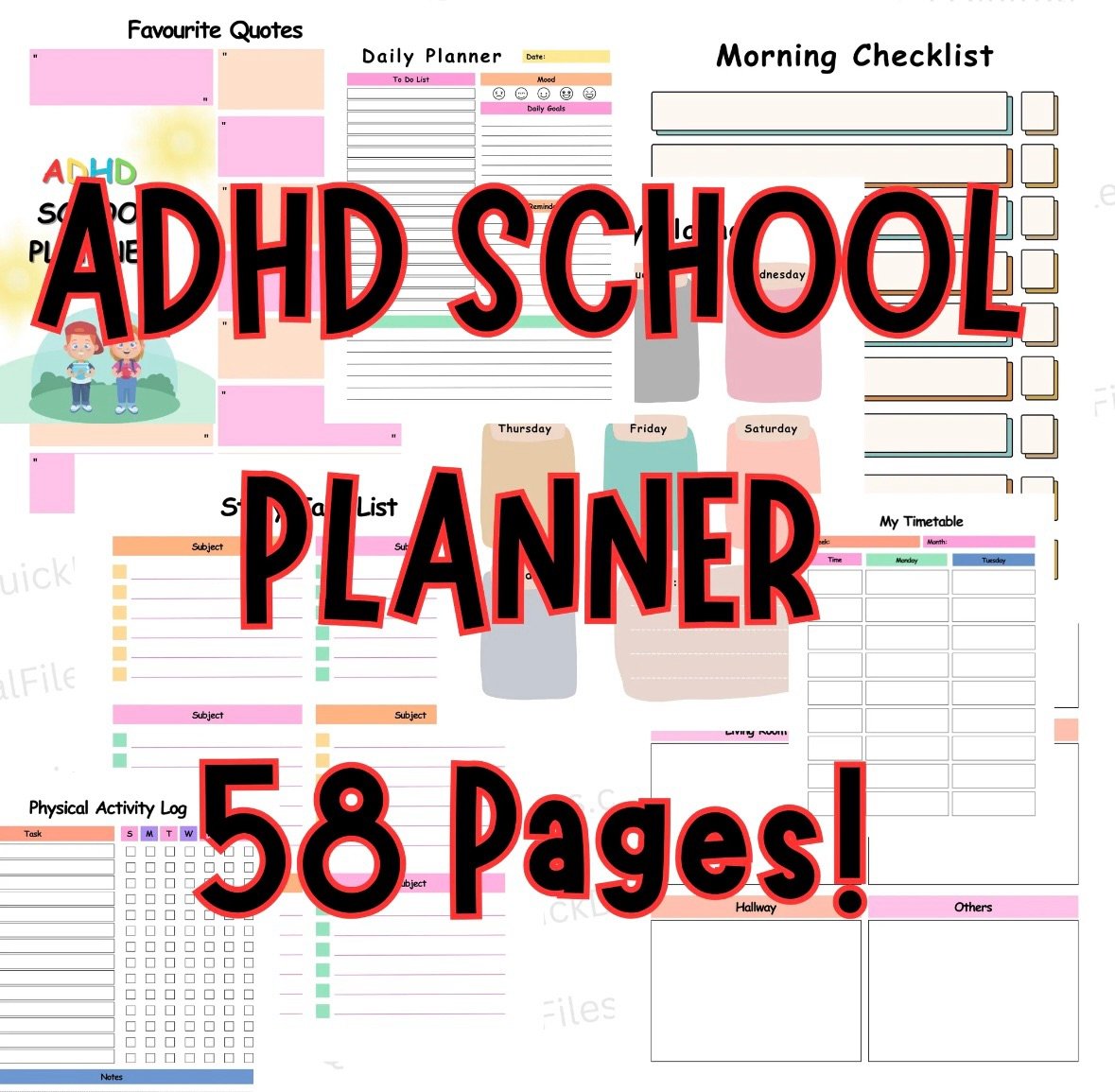
Managing Emotions When Focus Fails
When focus completely falls apart (and it will), emotions tend to follow close behind.
For kids with ADHD, frustration hits fast and hard. They want to focus — they really do — but when their brain won’t cooperate, it can lead to tears, shouting, or total shutdowns.
As parents, it’s easy to get frustrated right along with them. But the truth is, our reaction can make or break the moment.
When I used to respond with “Why can’t you just finish this?”, it only made things worse. Now I try to slow down, breathe, and remind myself that ADHD isn’t a choice.
What Helps Us Stay Calm
- Pause before reacting. A quick deep breath gives me a chance to reset before speaking.
- Show empathy. Saying, “I know it’s hard to focus right now” goes a long way.
- Break the tension. A quick joke or silly distraction sometimes resets the mood better than a lecture.
- Start fresh. If focus is gone for the day, we pick it back up tomorrow.
Not every day ends with a win — and that’s okay.
Some days, surviving the storm with love intact is the win.
If you’ve been there, you know how lonely it can feel when everyone else’s kid seems to sit quietly doing worksheets. But trust me, you’re not failing. You’re just parenting a brain that needs a different kind of support.
We share more about our emotional rollercoaster moments on our Facebook page, where other ADHD parents remind each other that grace matters more than perfection.
Our Daily Routine That Finally Works (Most Days)
Consistency doesn’t come naturally in an ADHD household — you have to build it piece by piece.
We’ve found a rhythm that keeps our days moving (most of the time), and while it’s far from flawless, it’s made a big difference in how our son handles focus, transitions, and big emotions.
Our Typical Day
Morning:
- Simple breakfast, same time every day.
- Short checklist on the fridge: brush teeth, get dressed, pack backpack.
- Calm music playing instead of TV to keep him grounded.
After School:
- Quick snack, 15 minutes of free play, then homework in short bursts.
- Timer goes off, we pause, move around, then come back for another round.
Evening:
- Quiet activities like coloring or reading before bed.
- No screens the last hour (learned that one the hard way).
- Bedtime routine that rarely changes — consistency is gold for ADHD brains.
There are still wild days where it all falls apart, but the pattern helps. When he knows what’s next, his anxiety drops, and his focus improves.
Routine isn’t about control — it’s about predictability. It gives his brain a sense of safety, which makes learning and listening easier.
And when we do fall off track (which happens often), we just start over the next day. ADHD parenting is all about the long game, not the perfect day.
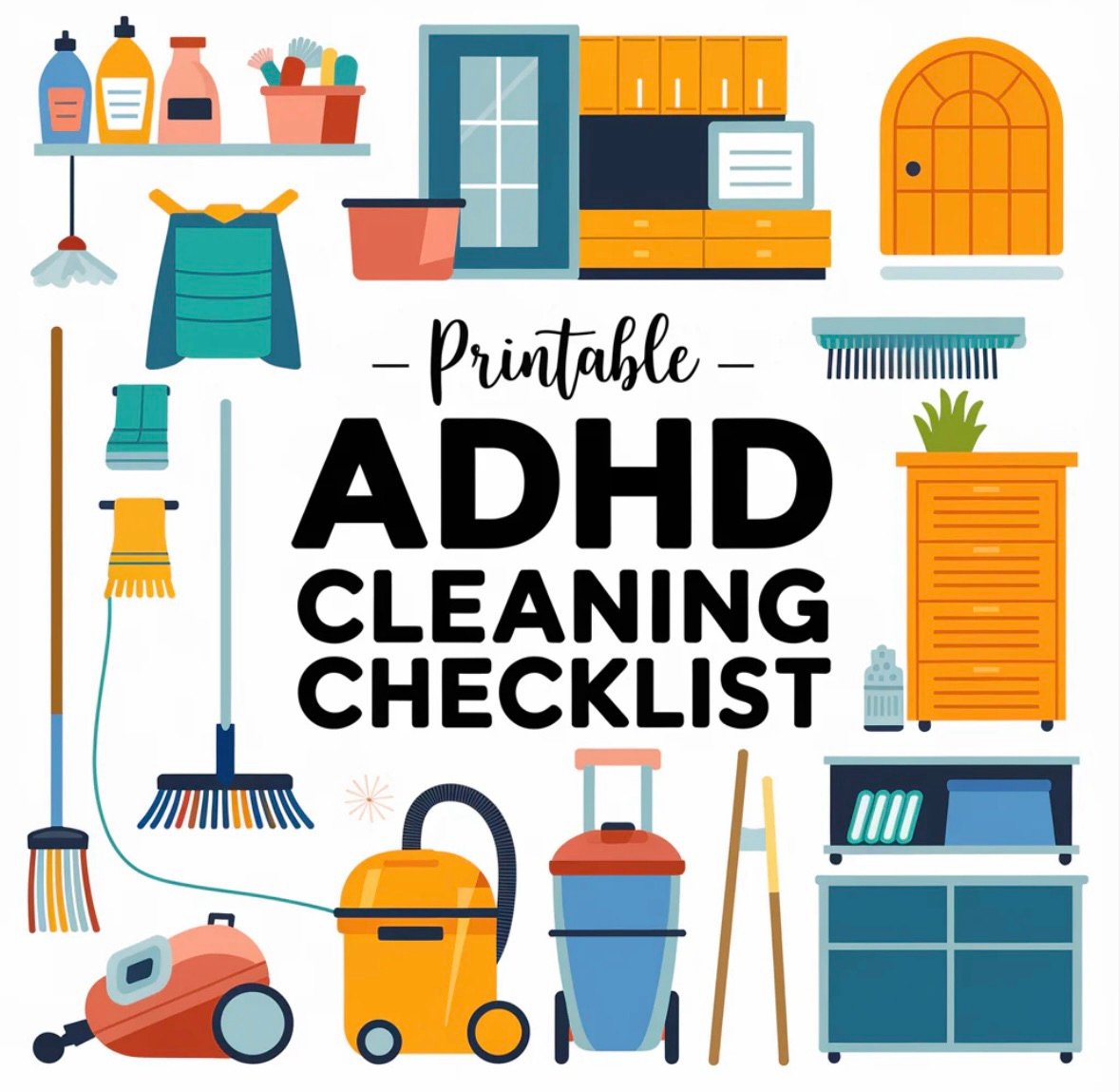
Finding Balance as a Parent
Parenting a child with ADHD can take everything out of you — mentally, emotionally, and physically. There are nights I collapse on the couch wondering if I did anything right that day.
Between juggling his focus challenges and my own anxiety, I’ve had to learn to take care of myself, too.
What’s Helped Me Stay Grounded
- Tag-teaming with my wife. When one of us hits our limit, the other steps in.
- Getting outside. Even ten minutes of fresh air resets my brain.
- Letting go of guilt. I remind myself that tough moments don’t mean bad parenting.
- Talking it out. Whether it’s a quick vent session with my wife or chatting with other ADHD parents, sharing the load makes it lighter.
I’ve also learned that humor is survival. If I can laugh through the frustration, I can handle anything.
Our son’s ADHD may challenge us daily, but it’s also taught us patience, perspective, and the art of finding joy in the middle of chaos.
When I share our stories here on The ADHD Blog, I’m reminded that there’s power in honesty. We’re all figuring this out as we go — and sometimes, that’s enough.
When to Ask for Extra Help
There’s this unspoken pressure in parenting to handle everything ourselves — to be the calm, capable, got-it-under-control parents. But when you’re raising a child with ADHD, pretending you can do it all alone is a fast track to burnout.
My wife and I learned that the hard way. For the longest time, we tried to manage everything through routines, charts, and patience alone. And while those things helped, we eventually realized we needed more support — for our son and for ourselves.
What Help Looked Like for Us
- Talking with his doctor. We were nervous at first, but discussing ADHD medication and therapy options changed everything.
- Working with the school. Setting up communication with his teacher helped create consistency between home and class.
- Parent support groups. Hearing other parents say “me too” was the biggest relief.
- Therapy for balance. Not just for him, but for us as parents learning how to respond instead of react.
Medication was the hardest decision. Some worked okay, others came with side effects that made him irritable or sleepless. We had moments where we questioned if we were doing the right thing — especially when we’d see glimpses of his spark fade.
That’s when we leaned on each other the most. My wife has ADHD too, and she gets it on a level I never fully could. She knows that feeling of trying to stay focused while your mind races a mile a minute. Her perspective keeps me grounded, and mine helps her slow down when life starts to spiral.
We’ve learned that asking for help isn’t weakness — it’s love in action. It’s saying, “This matters enough that we’re willing to learn more.”
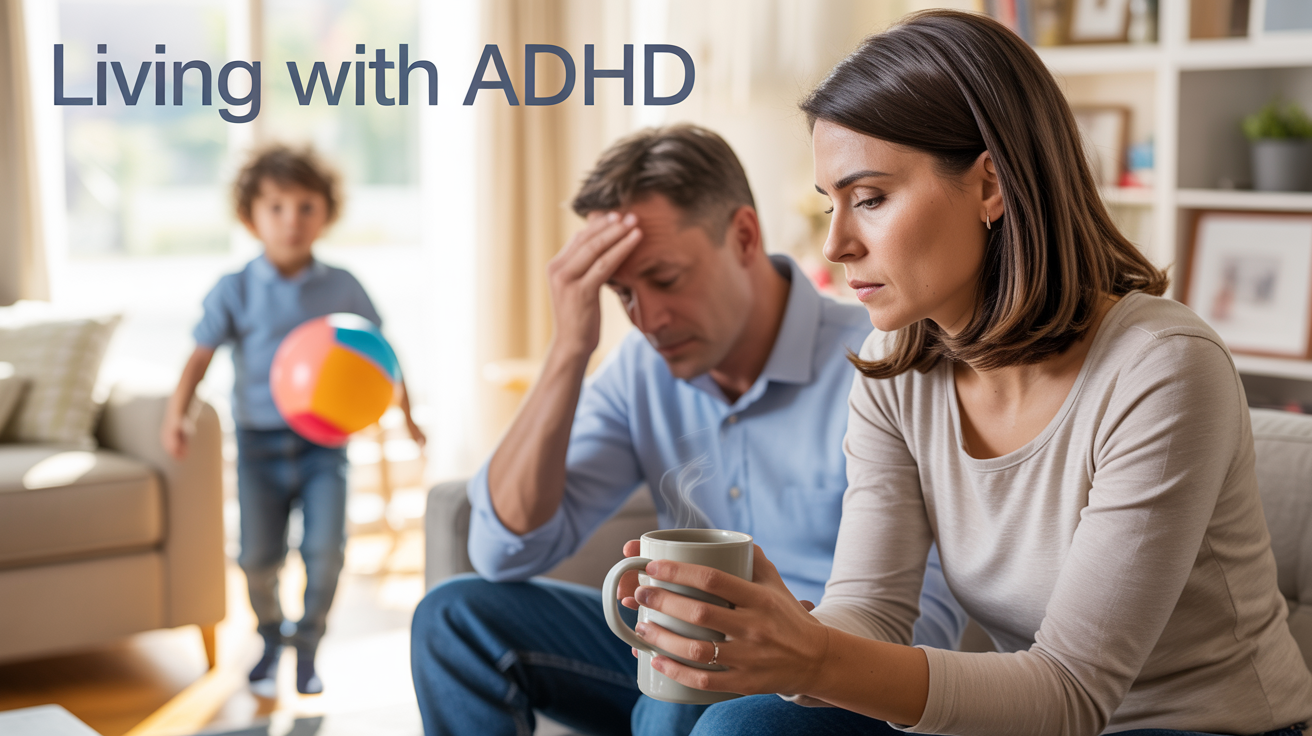
Hope, Humor, and Home
If there’s one thing ADHD has taught our family, it’s that you can either laugh through the chaos or drown in it. We choose to laugh — most days, anyway.
Our home is rarely quiet. There’s usually a toy flying across the room, a dog barking, and at least one of us forgetting what we came into the room to do. But underneath all the noise, there’s so much love.
What Keeps Us Going
- Hope. Because every hard day eventually leads to a better one.
- Humor. Because laughing at the madness is what keeps us sane.
- Grace. Because none of us — not our son, not me, not my wife — get it right all the time.
We’ve stopped chasing the idea of “normal.” Instead, we focus on what works for our family.
Some nights we collapse on the couch after bedtime, surrounded by toys and laundry, and remind each other that progress counts more than perfection.
We’ve learned that ADHD isn’t something that breaks families — it’s something that can actually bring them closer if you let it. It forces communication, patience, teamwork, and a sense of humor that most households never need to master.
If you’re reading this and nodding along, know this — you’re doing better than you think. ADHD parenting isn’t about flawless routines or perfect behavior charts. It’s about loving your child fiercely, showing up every day, and laughing through the chaos that comes with living with ADHD.
You can always find more encouragement, stories, and relatable ADHD family moments right here on The ADHD Blog — or come hang out with us on Facebook where we share our daily adventures, small victories, and the occasional meltdown turned funny story.
As an Amazon Associate, we earn from qualifying purchases through some links in our articles. Read our full Affiliate Disclosure here .
